The ITER Project Context
With environmental experts expressing serious fears that fossil fuels are in increasingly short supply, it seems that mankind is facing a potential energy crisis. But since the late 1950s, visionary scientists have been exploring fusion energy as a valid alternative. In Europe, the world’s most powerful fusion experiment, JET [based at Culham in the UK], is the only device currently capable of producing large amounts of fusion energy.
Now, that wealth of knowledge is playing a crucial role in the development of the ITER Tokamak – a global collaboration designed to bring this massive energy experiment to fruition.
Project Manager Today’s Editor, Amy Hatton, spoke to two leading experts from JET and ITER to get the latest on a megaproject that, if successful, will go down in the history books as a turning point for us all.

Professor Steven Cowley, Head of Culham Centre for Fusion Energy. CEO, United Kingdom Atomic Energy Authority and Joseph Onstott, Budget Manager, International ITER Project for Fusion
Fusion Energy: The Story So Far
The construction of JET (the Joint European Torus) began as a response to the oil crisis of the 1970s and has grown to become the world’s most powerful fusion experiment, according to Cowley.
“Fusion is the power source of stars” he says. “We’re trying to tame that energy source to make power stations, with the hope of bringing the first fusion electricity to the grid by 2050. It’s a global effort but, at the moment, JET is the only fusion device capable of using the right fuel mix (two types of hydrogen – deuterium and tritium) and producing megawatt-scale fusion power. That places us at the cutting edge of modern science.”
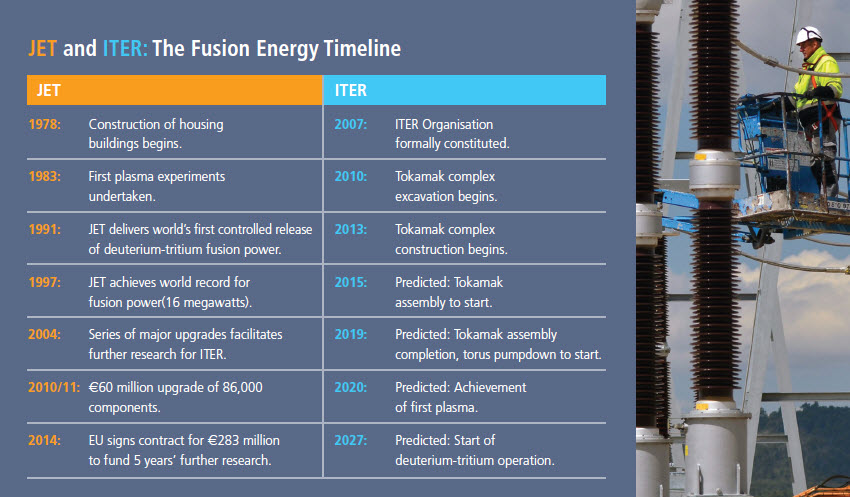
Whilst JET was in its infancy, a group of industrial nations was discussing the importance of developing a new, sustainable source of energy. Following the Geneva Superpower Summit in 1985, the official ITER Organisation launched in 2007. JET is the most advanced fusion experiment today, the larger ITER device will take over this mantle and test the technology on an industrial scale, according to Onstott. “Essentially ITER is a collaboration between countries that are the leaders in fusion science, including the EU, China, Japan, Korea, India, Russia and the US” he explains.
“Our goal is to pool the resources and knowledge that have been accumulated over the past decades to develop the largest fusion device in the world. Right now, we’re coming to a crisis situation with fossil fuels. Renewable energy is advancing, but it only represents about 2% of the total energy landscape.
Fusion is very clean, the waste is negligible and we can theoretically produce an energy output from the Tokamak that equals ten times what we put in. Plus, deuterium and tritium are abundant and will last thousands of years. So we really believe that fusion is the energy source of the future.”
A Megaproject Defying Normal Parameters
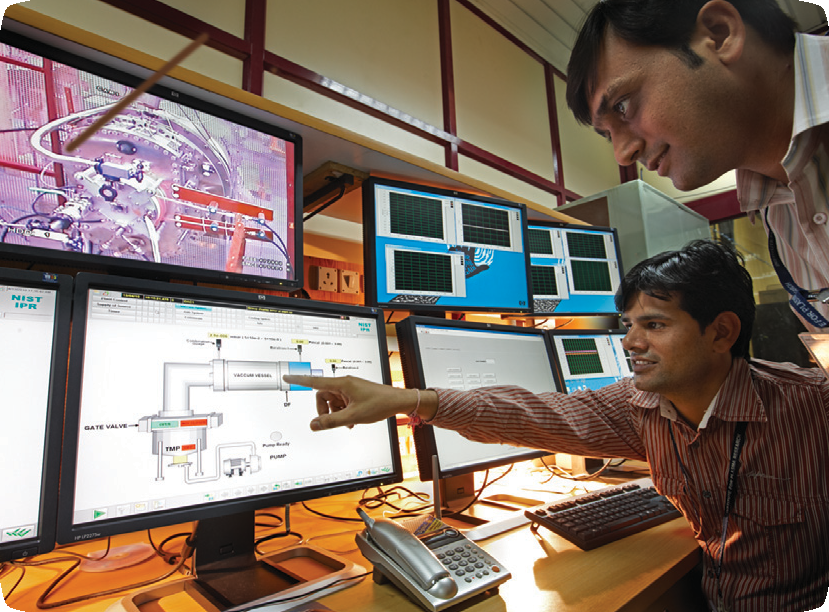 Whilst the two megaprojects (which essentially function as components of one even larger megaproject) are in different stages of maturity, they carry strikingly similar challenges in terms of complexity.
Whilst the two megaprojects (which essentially function as components of one even larger megaproject) are in different stages of maturity, they carry strikingly similar challenges in terms of complexity.
In the case of JET, a megaproject that spans such an unusually long period of time provides a unique opportunity for lessons learned. Unlike many modern megaprojects, says Cowley, “JET never adopted a formal ‘off the shelf’ methodology en masse, although we do use standard industry tools like Primavera. Over the years, our people have brought expertise from their own highly skilled specialisms, introducing different industry standards to the project. Because JET has evolved over three decades, we have to adapt what was done at that beginning to modern practices.
But that’s not to say that we don’t engage in meticulous project planning. When we’re upgrading we can have 800 people working on the device. We have to bring together skills in electrical engineering, power engineering, IT, control engineering, mechanical engineering, health and safety…not to mention the implications of handling radioactive gas; we’re the world experts in handling tritium. An outstanding project culture is essential to deliver a facility in which the scientific community can operate.”
Onstott points out that this is an equally significant consideration for ITER. “The project management discipline is vitally important for us. As a result we’re seeing a developing focus within ITER on project management best practice, and growing numbers of our officers are becoming certified PM professionals. For ITER, the real complexity comes from our unique governance structure.
A Global Collaboration with Shared Goals
One of our key goals is to “ITER has been called a ‘social experiment that’s occasionally interrupted by technical difficulties’. Working with so many cultures, nationalities and governance structures is really an experiment in how to collaborate globally, and it poses a unique challenge for ITER.”
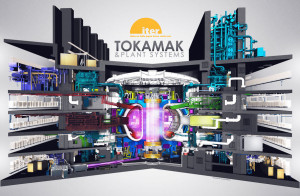 “We’re about to enter a phase where we conduct fusion power tests again and break our own world records. At that point we won’t be able to access the machine any other way but robotically. Unless we’re prepared for that we could face a scenario that puts us back two or three years.”
“We’re about to enter a phase where we conduct fusion power tests again and break our own world records. At that point we won’t be able to access the machine any other way but robotically. Unless we’re prepared for that we could face a scenario that puts us back two or three years.”
That’s why ITER was structured as a collaboration. Instead of holding the funding centrally, the different member states self-fund and contribute in kind. We’re guided by the ITER Council and various advisory bodies, but ultimately the decisions must be taken unanimously.
If one member objects that will block the decision. We’re starting to tackle that by introducing much more integrated project teams. In the future, instead of every ITER component being project managed locally, we will have international project teams responsible for that component.
We’ve also set up the ITER Cabinet, which comprises the Director General and all of the global leaders. That will facilitate collective and fast decision making. We’ve learned that we have to adapt the organisation to suit the model we’ve chosen for this project and work in a highly collaborative way.”
 Cowley agrees that cultural challenges and project hierarchy have been key nuts for ITER to crack. “ITER is an enormously challenging piece of engineering. Every piece of it pushes the limits. One of the issues is that the design is the responsibility of the team on the site at Cadarache in France, but the procurement is the responsibility of seven domestic agencies of the global partners.
Cowley agrees that cultural challenges and project hierarchy have been key nuts for ITER to crack. “ITER is an enormously challenging piece of engineering. Every piece of it pushes the limits. One of the issues is that the design is the responsibility of the team on the site at Cadarache in France, but the procurement is the responsibility of seven domestic agencies of the global partners.
That separation of design and budget is a very difficult thing in a project – the design team naturally wants to perfect everything, whereas the procurement team’s priority is cost. You really want that tension to lie in one place. Through its efforts to bring more project management responsibility to Cadarache, ITER will place that tension between cost and performance more centrally so that it can be better managed.”
Lessons Learned: A Culture of Efficiency
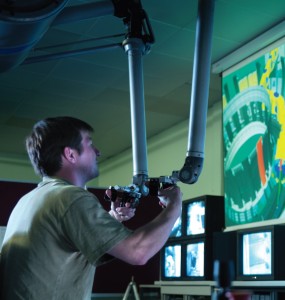 Naturally we all strive for efficiency in projects – so what lessons can the PM community absorb from these massive endeavours? For Cowley, one of the key messages is the importance of planning. “As an example, we maintain JET largely through ‘remote handling’, and over the years we’ve developed a culture around doing that efficiently.
Naturally we all strive for efficiency in projects – so what lessons can the PM community absorb from these massive endeavours? For Cowley, one of the key messages is the importance of planning. “As an example, we maintain JET largely through ‘remote handling’, and over the years we’ve developed a culture around doing that efficiently.
It’s not so much about the robotic systems themselves, it’s more about how you design the object you need to maintain so that it’s easy to do via remote handling.
Unless you think about potential problems at the beginning of the project you won’t get the desired result. So we’ve developed a culture where the design of the machine is reviewed and understood by the maintenance specialists in a very detailed way, right from the start. We rehearse the maintenance of that component – not just virtually but physically in a practice facility – to understand whether we’re planning the right design and way forward.
Design something that can be easily fixed
We’re about to enter a phase where we conduct fusion power tests again and break our own world records. At that point we won’t be able to access the machine any other way but robotically. Unless we’re prepared for that we could face a scenario that puts us back two or three years. That lesson is even more crucial now because ITER’s construction is massively complex and it will be too radioactive to get close to any other way but remotely. It’s not just about designing a megaproject that will work, it’s also crucial to design something that will be fixable in a short amount of time.”
From Onstott’s perspective, project controls also present a major challenge, but one that is crucial to the success of ITER. “One of the difficulties for us is the hand-off point. You might have a certain component being manufactured in one country before it’s transported to another country for the next stage of development – and then shipped to another for final manufacturing. Managing those handovers is a real challenge.
We firstly have to define a realistic schedule incorporating realistic dates from the suppliers and underpinned by manufacturing schedules. That must then propagate upwards to our global members who integrate it into their organisations to give us full visibility, so that we can incorporate and assess all of the different opportunities.
Complex Stakeholder Management
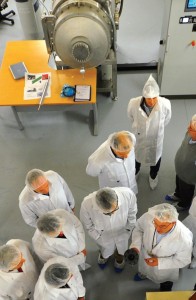 That’s a big challenge because there are so many social, political, environmental and financial things happening – not always expected – in all the countries at any given time. Sometimes, before the contract has even been issued to the manufacturer, we find out that they can’t supply to the agreed timeframe for unforeseen reasons.
That’s a big challenge because there are so many social, political, environmental and financial things happening – not always expected – in all the countries at any given time. Sometimes, before the contract has even been issued to the manufacturer, we find out that they can’t supply to the agreed timeframe for unforeseen reasons.
That triggers a change request that has to be approved and integrated into all the different schedules. Funnily enough, we’re a lot more confident in meeting our technical targets. ITER has been called a ‘social experiment that’s occasionally interrupted by technical difficulties’. Working with so many cultures, nationalities and governance structures is really an experiment in how to collaborate globally, and it poses a unique challenge for ITER.
In project management we usually talk about the three sided triangle: cost, scope and schedule. ITER is more of a parallelogram. The fourth side of that is stakeholder management. We’re accountable to so many stakeholders – from the French nuclear regulatory authorities to US Congress and numerous governments across the world. So there’s widespread communication and accountability that’s crucial to ensure that we continue our coalition. Managing that is a highly complex business.”
Cowley adds that JET has paved the way in this area through early project experiences. “JET is an easier machine to deal with than ITER because it’s not going to be as radioactive or use as much power. But it’s still a massively challenging project.
We’ve been instrumental in designing the radio frequency systems that will beam enormous amounts of power into the highly hostile environment inside ITER. That was a trans-European design effort, with the UK playing a leading role. The initial consortium for the design of ITER itself involved multiple contracts, headed up by Fusion for Energy in Barcelona. Even by the time the design got to ITER itself there had been multiple international collaborations to bring together the design and planning requirements.
Our role at CCFE is to deliver £140 million of contracts for ITER. We’re bringing our technology to them – not just the remote handling equipment but the whole way in which that interfaces with the machine and the restrictions that places on the design of the machine itself. It becomes a technology transfer exercise and that’s very much in keeping with the spirit and the goals of ITER.”
Potential and Perseverance: The Future of Fusion
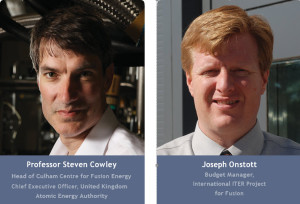 Despite the seemingly endless challenges presented by both JET and ITER, there is no doubt that the collective potential inspires not only these two project leaders, but everyone involved in these most ambitious of ventures.
Despite the seemingly endless challenges presented by both JET and ITER, there is no doubt that the collective potential inspires not only these two project leaders, but everyone involved in these most ambitious of ventures.
As Onstott says: “We really do believe that fusion has the potential to solve the world’s energy problems. We believe in the project and its potential to change the world if it comes to fruition. It truly is a megaproject in all senses of the word.”
Cowley shares his conviction. “One day the world will be powered by fusion. There will be a time when ITER reaches the point of producing its first self-sustained fusion burn. I want to be there because that will be the culmination of my life’s work. Just like the first chain reaction in the middle of the second world war when nuclear energy was launched, the first time a controlled fusion burn is done in ITER will be written in the history books, and remembered as a turning point not just for science, but for mankind as a whole.”
Your Chance to See ITER in Action
Fusing the Project World – 4th September 2015
The organisers of eVaintheUK have announced that they will be hosting a project management conference at ITER’s Headquarters. The itinerary includes a Tour of the ITER Project Construction Site of the ITER site and networking dinner at the nearby Le Relais du Grand Logis hotel , as well as a packed line-up of speakers and themes for project management practitioners and stakeholders.
For more information, visit www.evaintheuk.org and Conference Registration – Book your place for just 99 Euros.

 Hugh Ivory is a co-founder and Managing Partner at Agilesphere, an Agile Transformation consultancy which provides tailored services and great people to help organisations embed agility and Digital by Default. Agilesphere is a DSDM and APMG ATO.
Hugh Ivory is a co-founder and Managing Partner at Agilesphere, an Agile Transformation consultancy which provides tailored services and great people to help organisations embed agility and Digital by Default. Agilesphere is a DSDM and APMG ATO.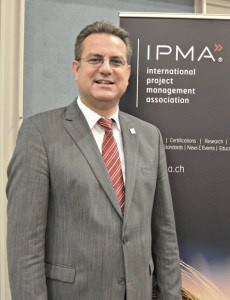




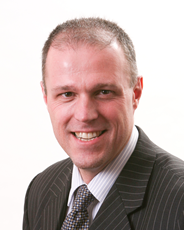
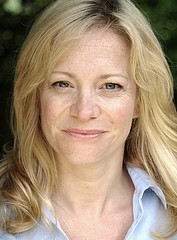 Emma Cater’s acting career began as a child, performing in BBC’s The Doctors and The Harry H Corbett Show alongside her parents. She went on to train in Dance Theatre and performed with various dance and theatre companies in USA, Japan, the Far East, China and Europe, playing the lead opening production at the new Saddler’s Wells in London.
Emma Cater’s acting career began as a child, performing in BBC’s The Doctors and The Harry H Corbett Show alongside her parents. She went on to train in Dance Theatre and performed with various dance and theatre companies in USA, Japan, the Far East, China and Europe, playing the lead opening production at the new Saddler’s Wells in London. Michael, who trained at the Drama Centre, London between 1975 and 1978, has since had a long and distinguished career in Theatre, Television and Film Productions and radio.
Michael, who trained at the Drama Centre, London between 1975 and 1978, has since had a long and distinguished career in Theatre, Television and Film Productions and radio.







